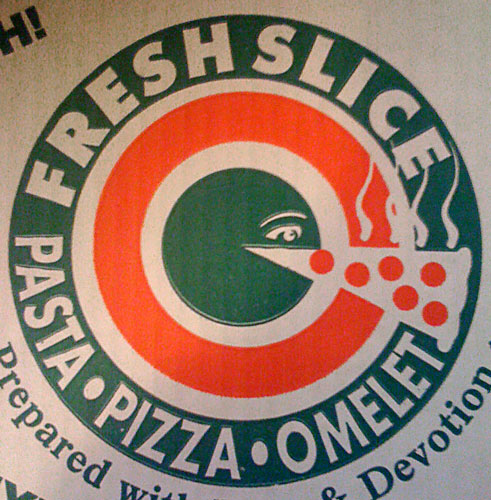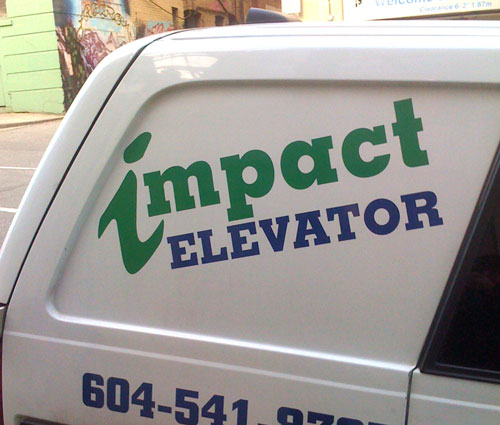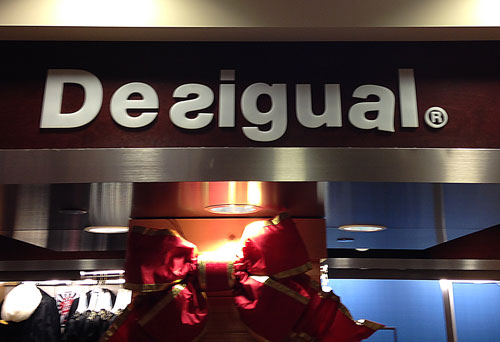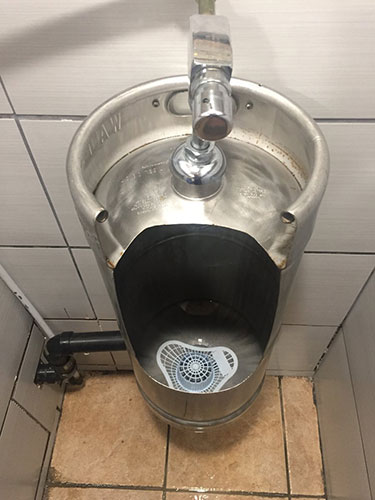Tells
He makes eye contact, fidgets with his cigarette, or rocks back and forth in his chair. Each of these might be a tell. In poker, a tell signals information about the player’s hand. These changes in behavior/demeanor show incongruity between the presentation and actuality. For example, if his hand is crap, he might act forceful—and vice versa.
Can you spot the difference?
In a digital world, it’s easy to fake a credible presentation. Let’s say you’re starting a management consultancy and need a website. Odds are you’ll Google similar consultancies. Then, you might cut-and-paste their website text—and adjust it to suit your needs.
If you’re honest, this is a starting point you create something new from. If you aren’t, you might use the text as is—even if you can’t do what it says. (This also results “Me Too” marketing, but I’ll talk about that some other time.)
Decision making is harder for buyers when vendor presentations are so similar. Since they can’t trust words, they look for other ways to verify your claims. They ask for references. Or, they check review sites. Unconsciously, they also look for tells.
“This feels wrong.”
Knock-offs often have tells. For example, you can spot a fake Louis Vuitton bag. These have sloppy stitching, cheap lining materials, hollow hardware, and tilted patterns. An attached tag is another tell. So are lower-than-market prices (duh). And if a street vendor is selling it, it’s a fake.
Tells can be minor gaffs that most don’t recognize. Someone referring to herself as a “graphics” designer isn’t a skilled graphic designer. An executive who fails to remove the embroidered label from his coat sleeve is faking it. Meanwhile, a developer who overuses acronyms—or confuses them—is a noob.
Sometimes you can’t quite identify the tell, but you can feel it. When asked about such matters, you’ll say that you “trusted your gut”. Tells informed this perception.
I make note of tells (or brand missteps) I spot in the wild. Here are a few that made me smile:

Sometimes a home-spun sign is charming—but not this time.

If it’s so fresh, why is Pacman green and vomiting?

Not every business should focus on the impact it makes.

“So what if the letters aren’t perfect? Who’s gonna notice?”

Does this mean this brewery’s beer is piss?
When the tells are wrong
Good poker players use fake tells to their advantage. Shady companies do the same. As such, ones that don’t deserve our trust sometimes get it. Meanwhile, good companies—that aren’t competent at branding—sometimes don’t.
Their website highlights the wrong features. Their corporate typeface doesn’t match the company’s stature. Their mission statement is weird. Or, their staff seem unprofessional.
When a good company makes these mistakes, they aren’t tells. They’re misalignments. The brand manager needs to recognize such inconsistencies—and correct them. She might rewrite the website copy, update the visual identity, or contemplate the organization’s purpose. Or, she might ask the cashiers to stop swearing.
If your company doesn’t have a brand manager, you (the owner) are the brand manager. That means it falls on you to make sure every aspect of your brand is in alignment. In an upcoming post, I’ll provide suggestions on how to start correcting brand misalignments.
I’m @karj and the above is just my opinion. Looking for more? Here’s a full list of articles and information on my books. This is what I’m doing now, and what I don’t do. I’d love it if you tried Emetti on your website!